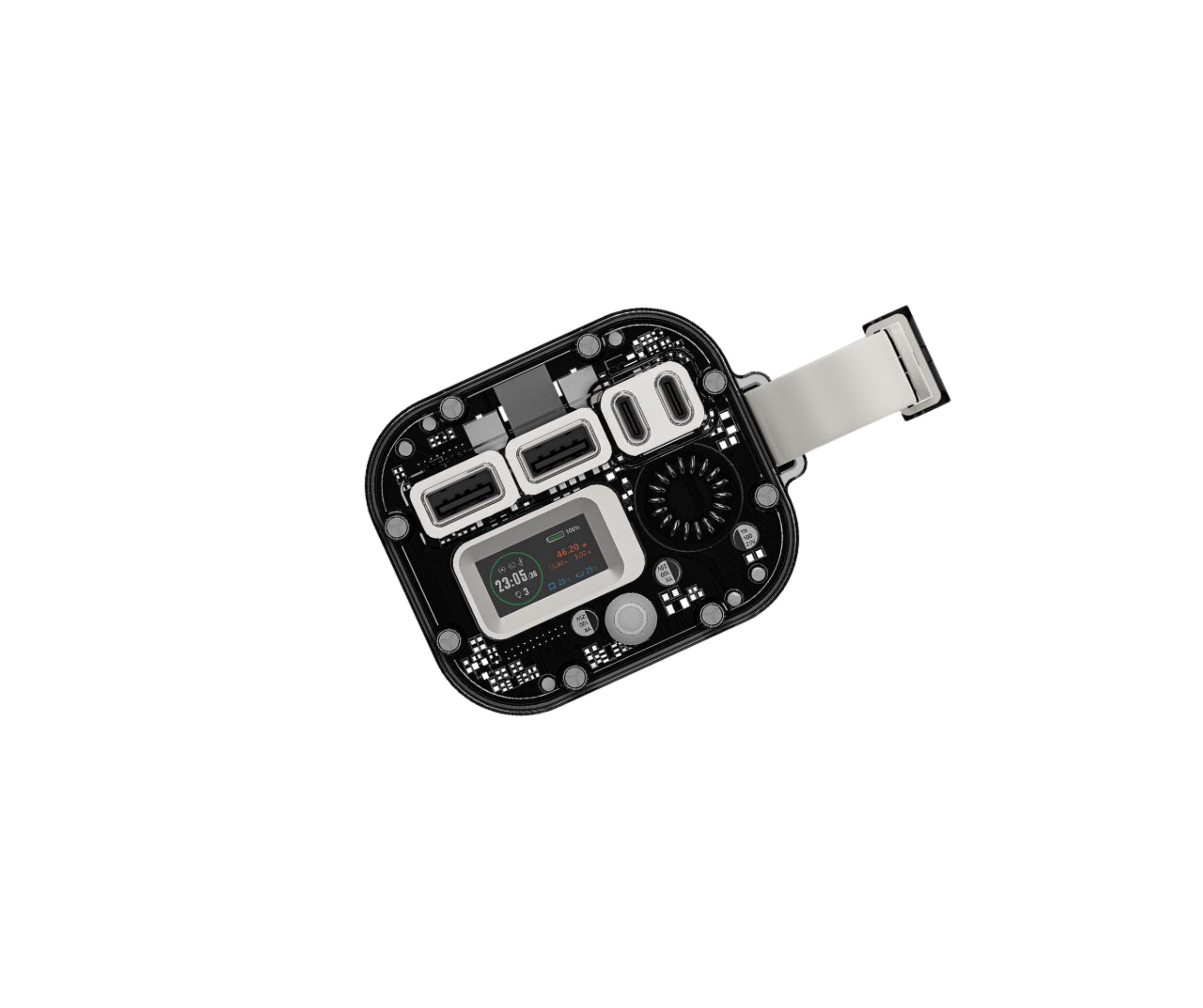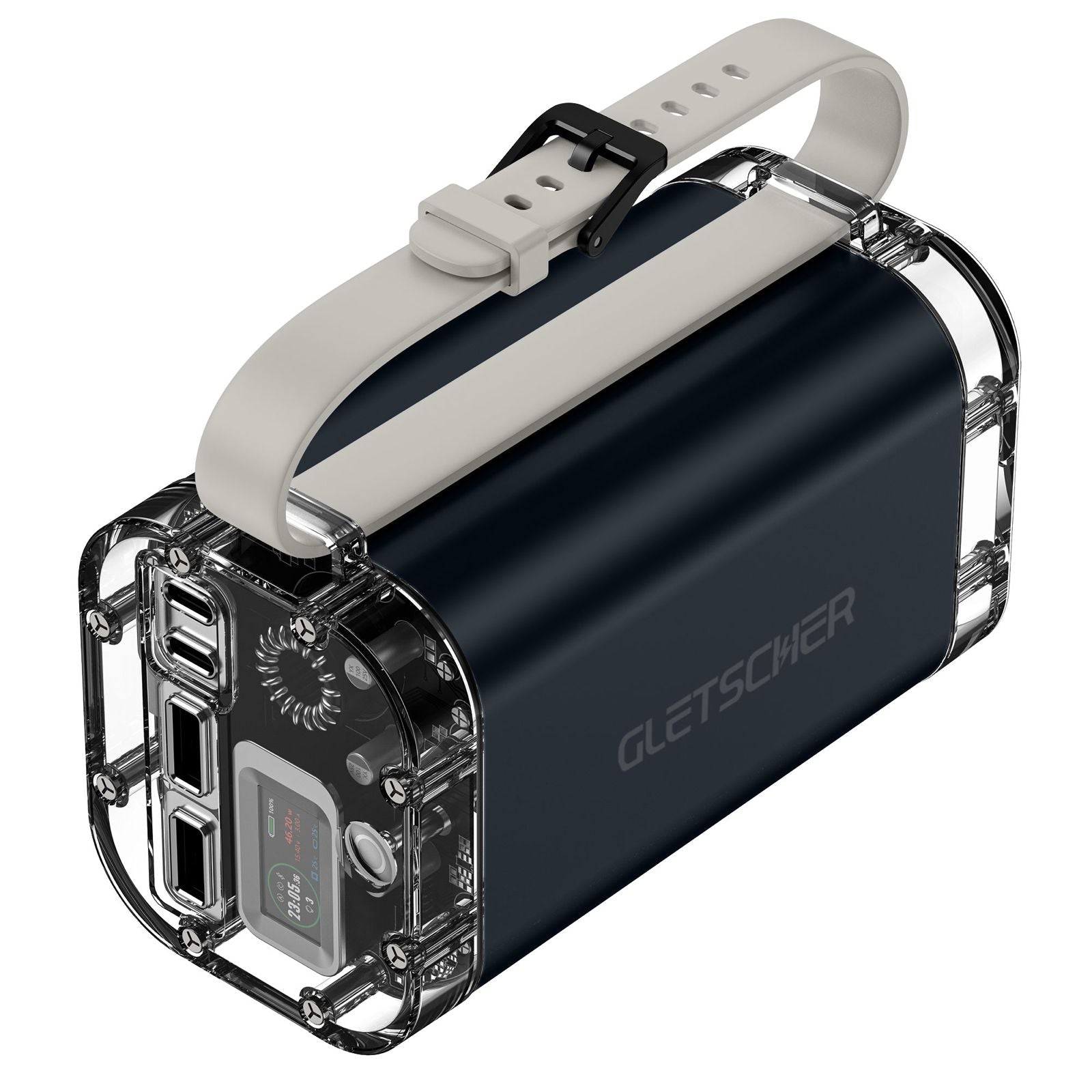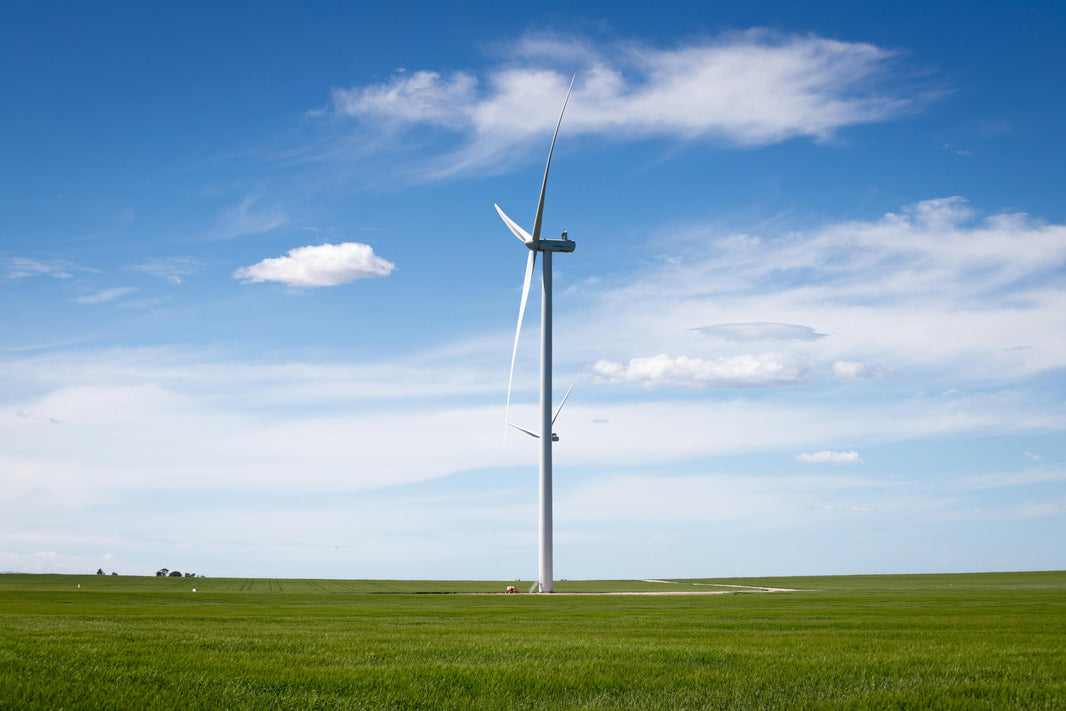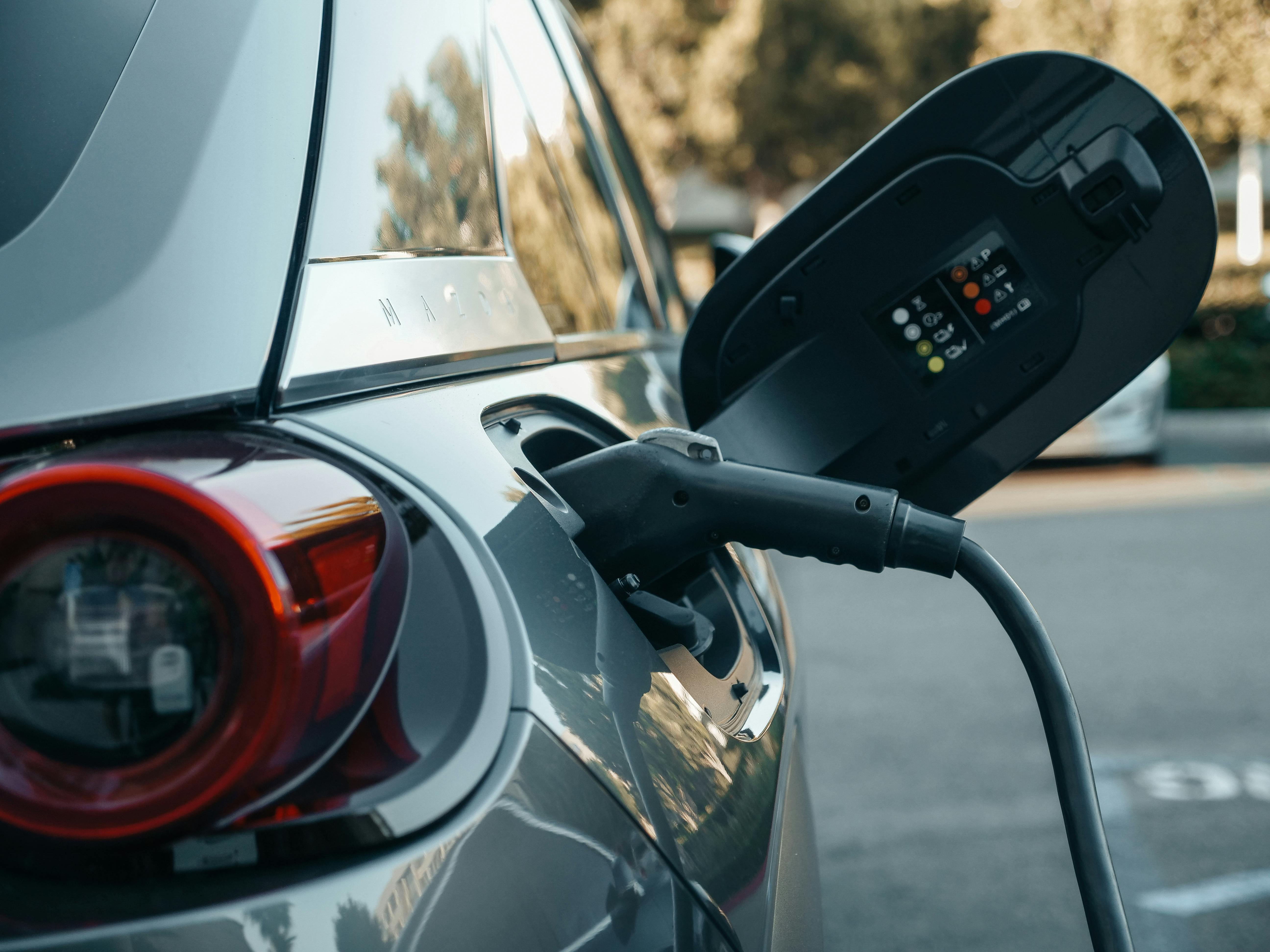Introduction
In the rapidly evolving world of renewable energy and electrification, safety isn’t just a technical requirement—it’s a competitive advantage. Whether you’re deploying utility-scale solar farms, launching EV charging networks, or selling battery-powered portable power stations, your product’s certification status is one of the first things that partners, insurers, and regulators look at.
Three global acronyms dominate the landscape: UL, IEC, and CE. But what do they mean for your business? And how should you navigate this complex landscape to ensure compliance, safety, and access to global markets?
What Are UL, IEC, and CE Certifications?
UL (Underwriters Laboratories)
Origin: United States
Scope: Product safety testing, especially for electrical devices
Applicability: Common in North America and some global projects
Label: “UL Listed” or “UL Recognized”
Why it matters: UL certification ensures that a product complies with U.S. safety standards. It is widely recognized by U.S. regulators and insurance firms.
Example: Gletscher Energy’s Onyx AIO Energy Storage units carry UL 9540 compliance to ensure fire mitigation and BMS integrity in commercial installations.
IEC (International Electrotechnical Commission)
Origin: Geneva, Switzerland
Scope: International technical standards for electrical, electronic, and related technologies
Applicability: Global; especially in the Middle East, Europe, and Asia
Focus: Performance, reliability, interoperability
Why it matters: IEC standards define how systems should perform. They’re essential in solar modules (IEC 61215), inverters (IEC 62109), batteries (IEC 62619), and BMS (IEC 62933).
Example: Makellos solar panels comply with IEC 61215 for mechanical load and IEC 61730 for safety class testing. In harsh desert conditions, these tests simulate sandstorms and high temperatures.
CE (Conformité Européenne)
Origin: European Union
Scope: Conformity with EU directives on health, safety, and environmental protection
Applicability: Mandatory for products sold in the EU
Focus: Self-declared by the manufacturer, backed by conformity assessment
Why it matters: CE marking is essential for market entry in the European Union. It signals that your product meets baseline EU requirements, although it does not guarantee third-party testing.
Example: Gletscher Energy’s EV charging cables and GaN adapters carry CE marks, ensuring safe usage in European home and commercial networks.
Key Differences Between UL, IEC, and CE
|
Feature |
UL Certification |
IEC Standards |
CE Marking |
|---|---|---|---|
|
Region |
U.S. / North America |
International / Global |
European Union |
|
Testing Entity |
Third-party (UL labs) |
Third-party (e.g., TUV, SGS) |
Manufacturer declaration |
|
Focus |
Fire, electrical safety |
Performance + safety |
Basic health and safety |
|
Enforcement |
Regulatory + insurance |
Required for many tenders |
Border control, customs |
|
Examples |
UL 1741, UL 9540 |
IEC 61215, 62619, 62109 |
EU EMC & LVD Directives |
Why Certifications Impact Your Bottom Line
1. Project Eligibility
Many government and utility tenders in the GCC region now mandate IEC compliance for panels and inverters. Insurance companies often require UL-rated products for fire safety coverage.
2. Market Access
Without CE marking, entering the European market is nearly impossible.
3. Product Liability
In the event of failure or fire, a lack of certified components can void warranty claims or trigger legal liability.
4. Customer Trust
Distributors and EPCs are more likely to work with brands that carry internationally recognized certifications.
How to Choose Which Certification Matters Most
If targeting the U.S., UL is non-negotiable, especially for residential and industrial energy systems.
If selling across MENA or Asia, IEC is the gold standard.
If planning entry into Europe, CE is legally required, but pairing with IEC boosts credibility.
Pro Tip: Dual certification (e.g., UL + IEC or CE + IEC) is increasingly the norm for professional-grade products.
How Gletscher Energy Ensures Full-Spectrum Compliance
At Gletscher Energy, every product undergoes rigorous testing across multiple certification regimes. For example:
Makellos Series (Solar Panels): IEC 61215, 61730
Alloy Series (Inverters): IEC 62109-1/2, CE marking
Onyx Series (AIO Storage): UL 9540, IEC 62619, CE
GaN Chargers and EV Accessories: CE + RoHS compliant
Our global engineering team collaborates with labs in Germany, China, and the UAE to ensure we meet the certification requirements of all target markets, without compromise.
Conclusion: Certifications Are More Than Just Labels
In today’s risk-sensitive and policy-heavy energy market, certifications are no longer just a checkbox—they’re proof of engineering discipline, legal readiness, and product quality.
Whether you’re an EPC planning a hybrid power system, a procurement head reviewing tenders, or a developer expanding into a new market, understanding UL, IEC, and CE certifications is your first step to long-term success.
Always verify certification numbers, request lab reports, and ensure that your suppliers aren’t just saying the right things—they’re proving them.









